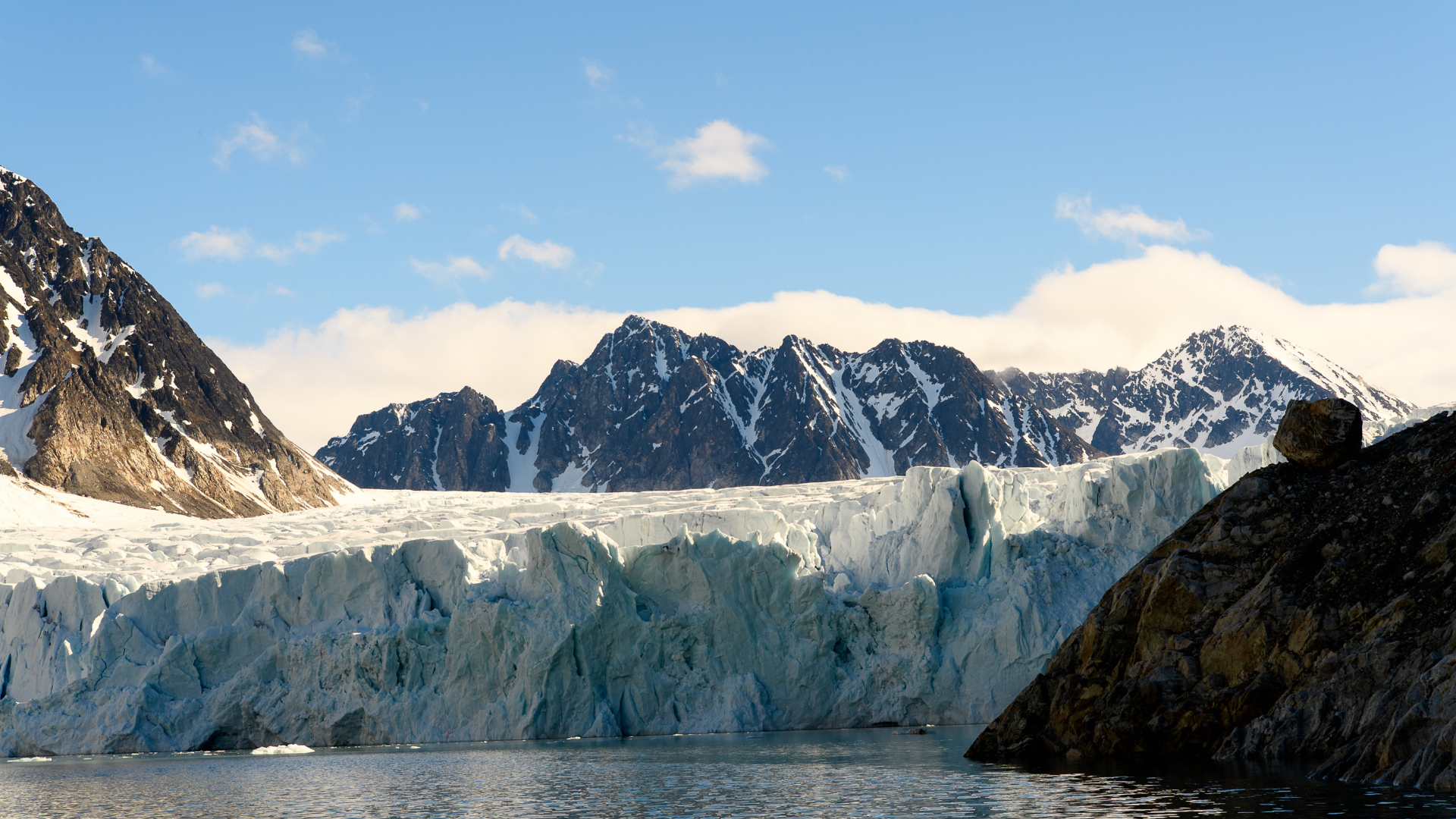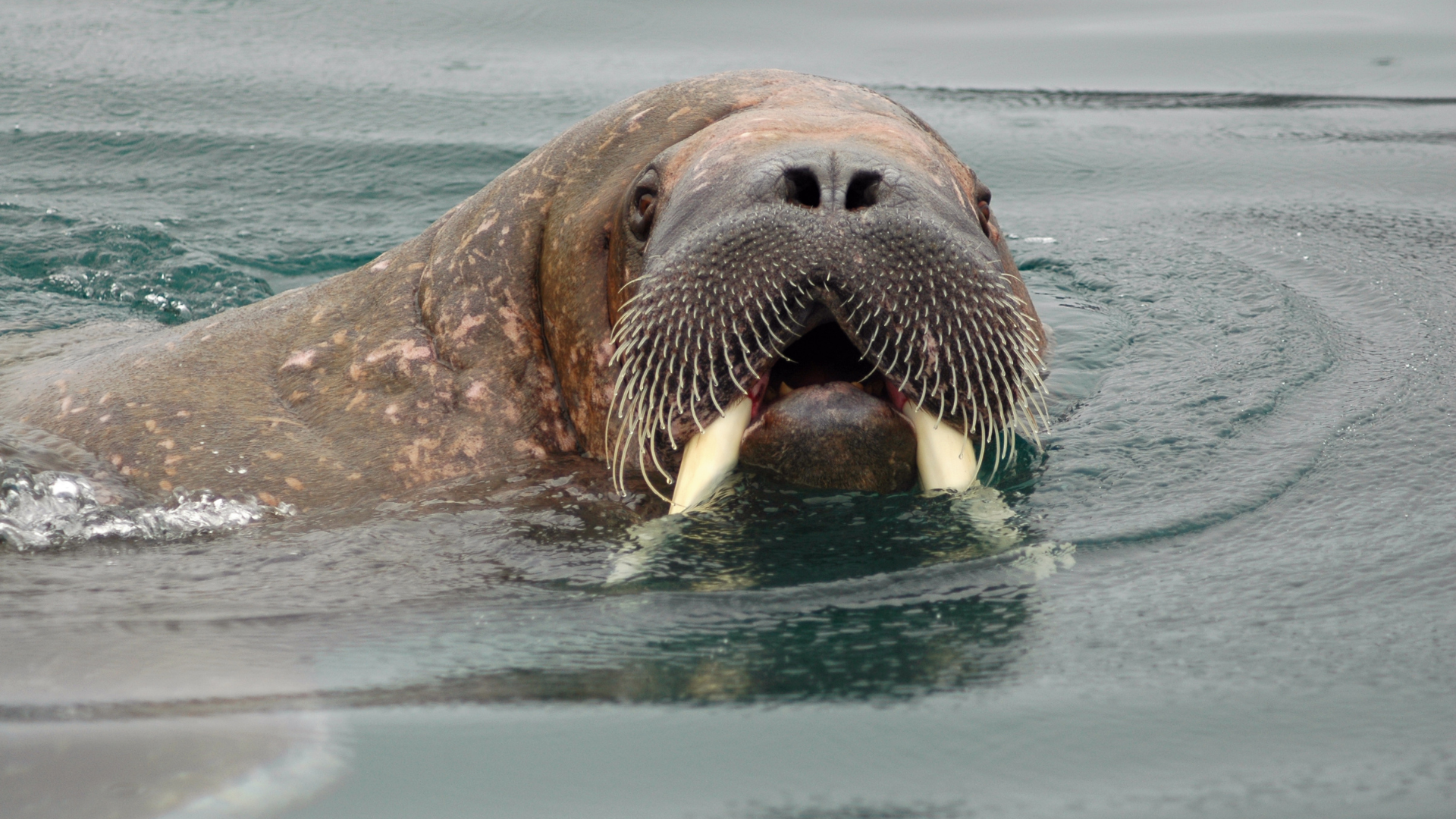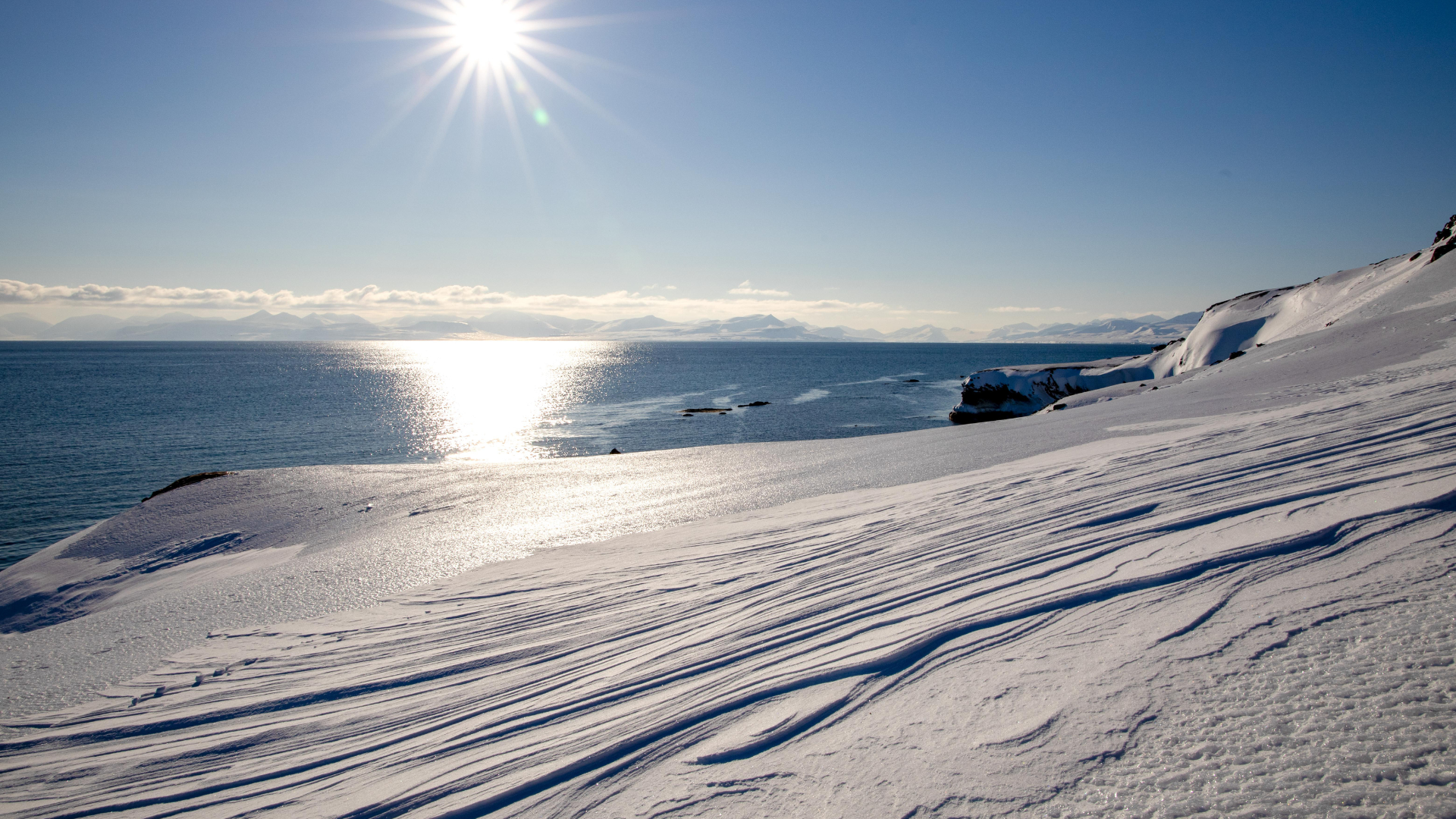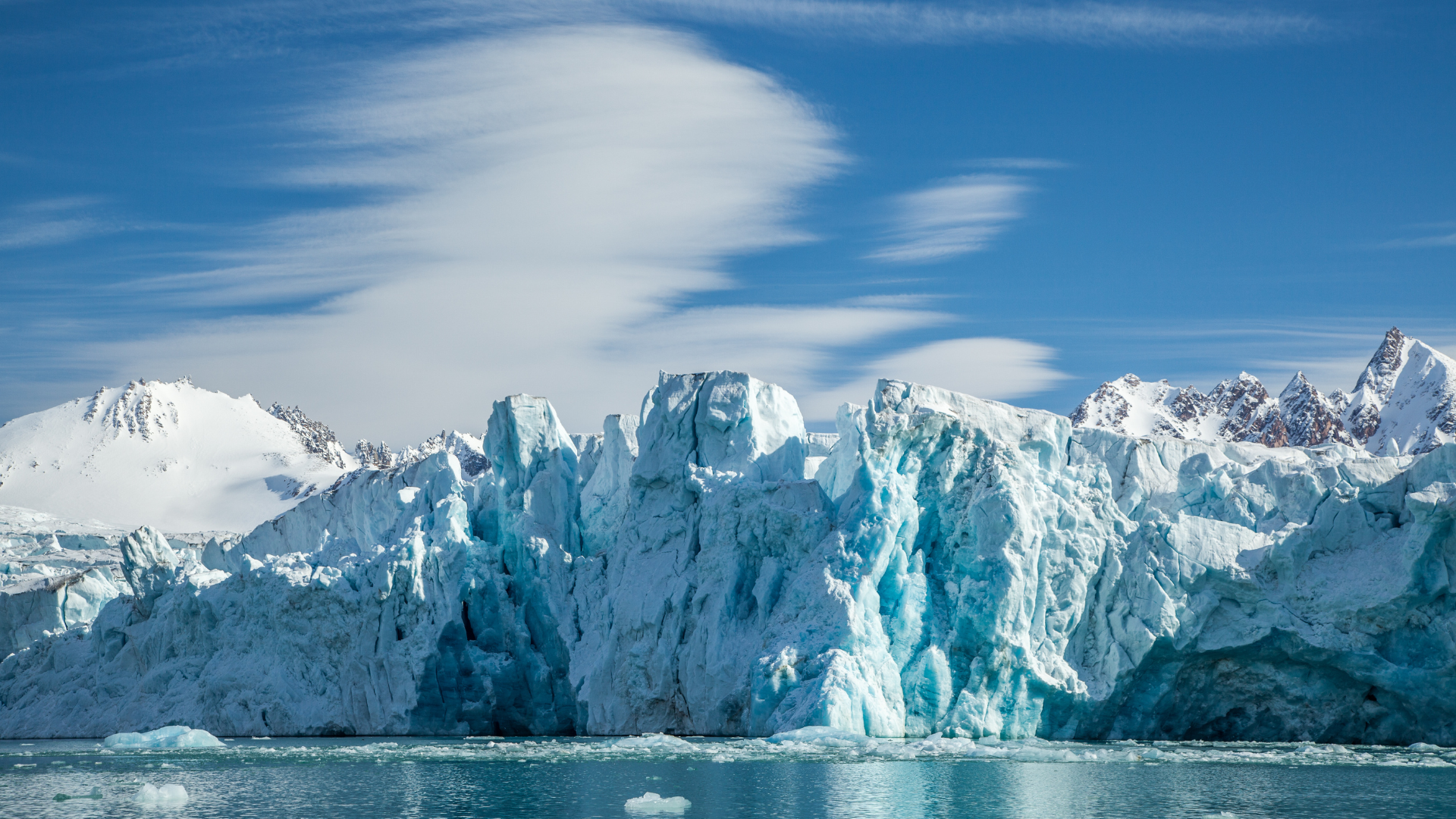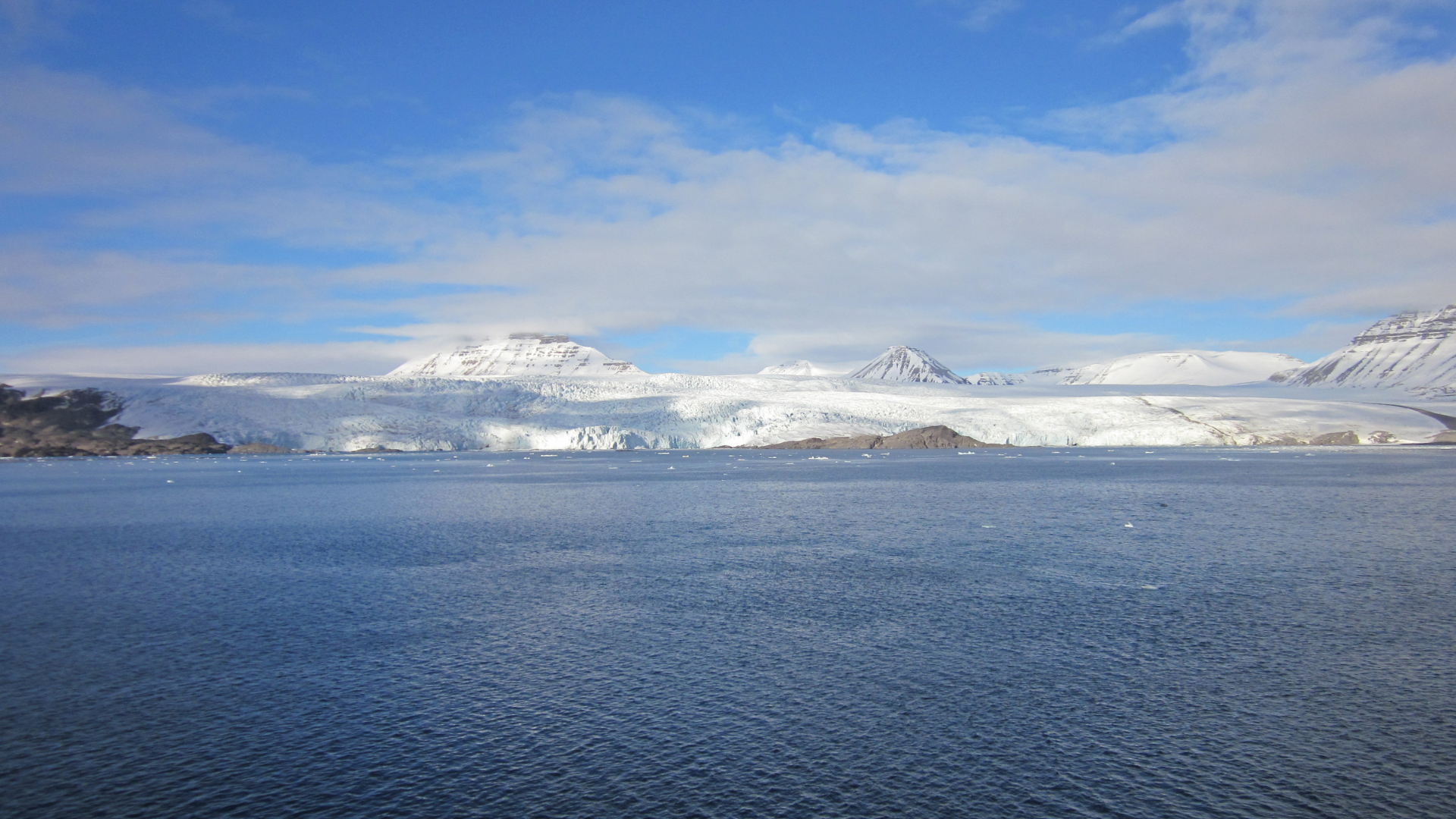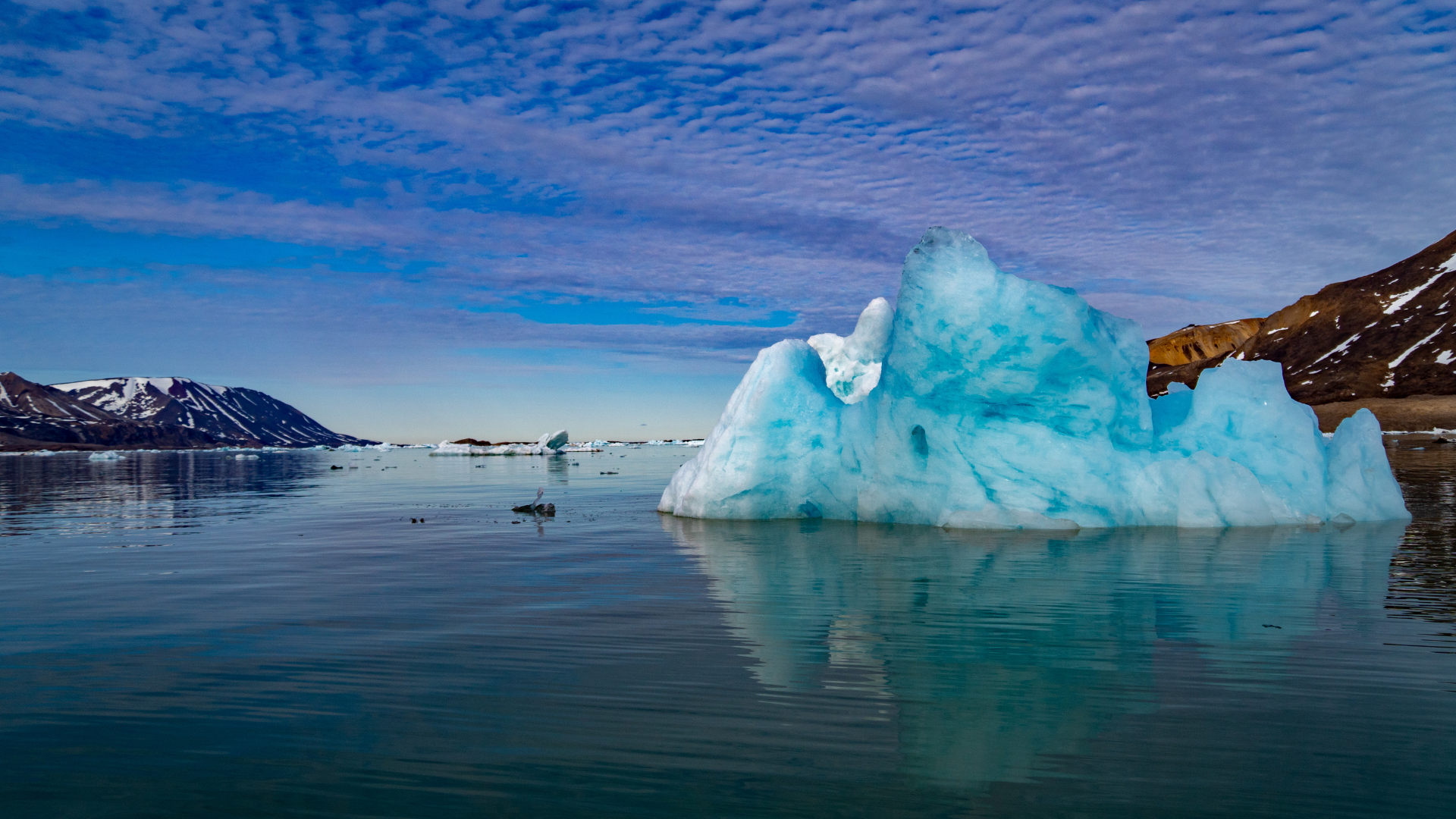It's Time To Explore Places That No One Has Been To
Spitsbergen: Preparing for the Weather in February
Spitsbergen: Preparing for the Weather in February

February in Spitsbergen continues the harsh winter conditions, with long nights and freezing temperatures that demand thoughtful preparation. The sun barely begins to make its reappearance, casting a faint glow over the icy landscape. With temperatures still regularly dipping below -20°C (-4°F), dressing appropriately is crucial for any outdoor activity. Layering is essential, with moisture-wicking base layers, insulating mid-layers, and windproof outer shells providing the best protection from the cold. A quality down jacket, thermal pants, and gloves will keep you insulated, while a good pair of winter boots with thick socks ensures warmth for your feet.
In addition to cold temperatures, Spitsbergen is known for its unpredictable winds. Strong gusts can bring an intense wind chill factor, which can drop the perceived temperature significantly lower than the actual reading. Windproof clothing, including face protection like balaclavas or scarves, can help shield you from the bitter breeze. Be mindful that exposed skin can quickly succumb to frostbite, especially in windy conditions, so covering as much of your body as possible is important. Frostbite can occur rapidly when the wind picks up, so monitoring exposed skin and keeping it covered is critical.
Though the days are gradually lengthening, February is still dominated by polar night-like conditions. This means that natural light is limited, and the environment remains quite dark. Carrying headlamps or flashlights can make navigating outdoor spaces easier, especially if you’re taking part in snowmobiling or dog-sledding excursions. Reflective gear is also helpful to enhance visibility in low-light conditions. Additionally, familiarizing yourself with using outdoor gear in the dark is recommended to avoid any accidents.
For those planning to venture far from Longyearbyen, the cold isn't the only challenge. Spitsbergen’s unpredictable weather patterns often bring sudden snowstorms, which can drastically reduce visibility and make travel difficult. Always check local weather forecasts and consult with guides before heading out on expeditions. Local experts understand the conditions and can help determine the best time for excursions or even suggest delaying trips until conditions improve. Being flexible with your schedule is key to staying safe.
Layering up for physical activities is a bit different than for just staying warm. If you’re planning on snowshoeing, skiing, or taking part in any physically demanding activities, be sure to account for how much your body will heat up once you’re moving. Wearing breathable clothing and allowing for proper ventilation is vital. Sweating under multiple layers without allowing for airflow can lead to your clothes freezing, which is not only uncomfortable but dangerous in such cold conditions. Adjust your layers as needed to prevent overheating.
Preparing for the weather also includes making sure your equipment is winter-ready. Electronics like cameras and smartphones can struggle in extreme cold, as battery life tends to diminish rapidly. Keep devices close to your body to keep them warm, or carry extra batteries when out for long periods. If you’re using cameras, a protective cover can prevent condensation from forming on lenses, which is common when moving between different temperatures. It’s also worth investing in proper cases or bags to protect gear from snow and ice.
Spitsbergen’s wildlife can be affected by the cold too, especially the iconic polar bears. While these creatures are built for the harsh Arctic conditions, the cold can push them closer to human settlements as they search for food. Travelers should always be aware of potential polar bear encounters, particularly during the winter months when food is scarce for the bears. Hiring a guide or carrying a rifle is often required by local regulations when venturing outside Longyearbyen for protection against such encounters.
Spending time in February’s cold requires not only the right clothing but also an awareness of your physical condition. Frostbite and hypothermia are real dangers when exposed to the elements for too long. Knowing the symptoms—such as numbness in extremities, confusion, or extreme shivering—can help prevent serious health issues. Take frequent breaks to warm up, hydrate, and fuel your body with high-energy snacks to keep your metabolism running efficiently in the cold.
Want to travel to Svalbard?
It’s easy, just leave your details here and we will contact you
Sign up to our newsletter
We will get back to you as soon as possible
Please try again later
